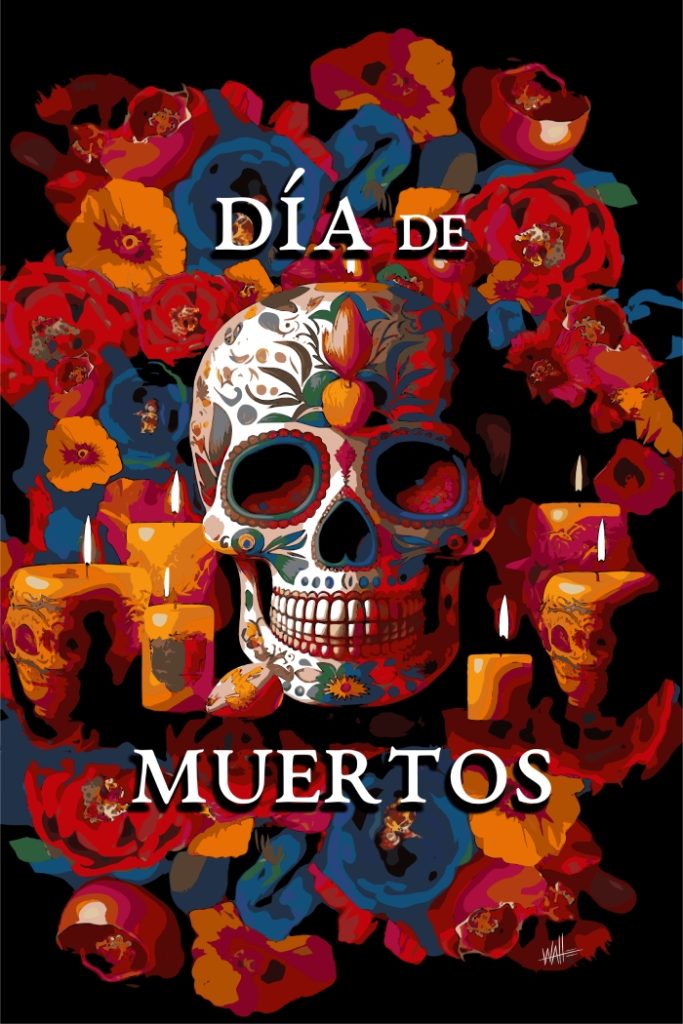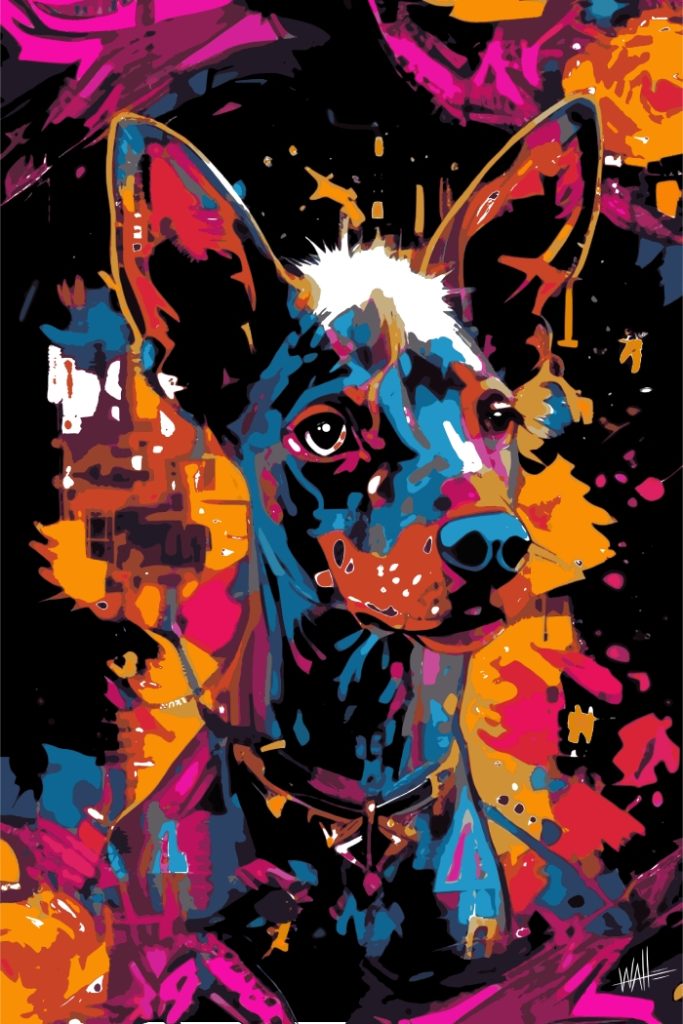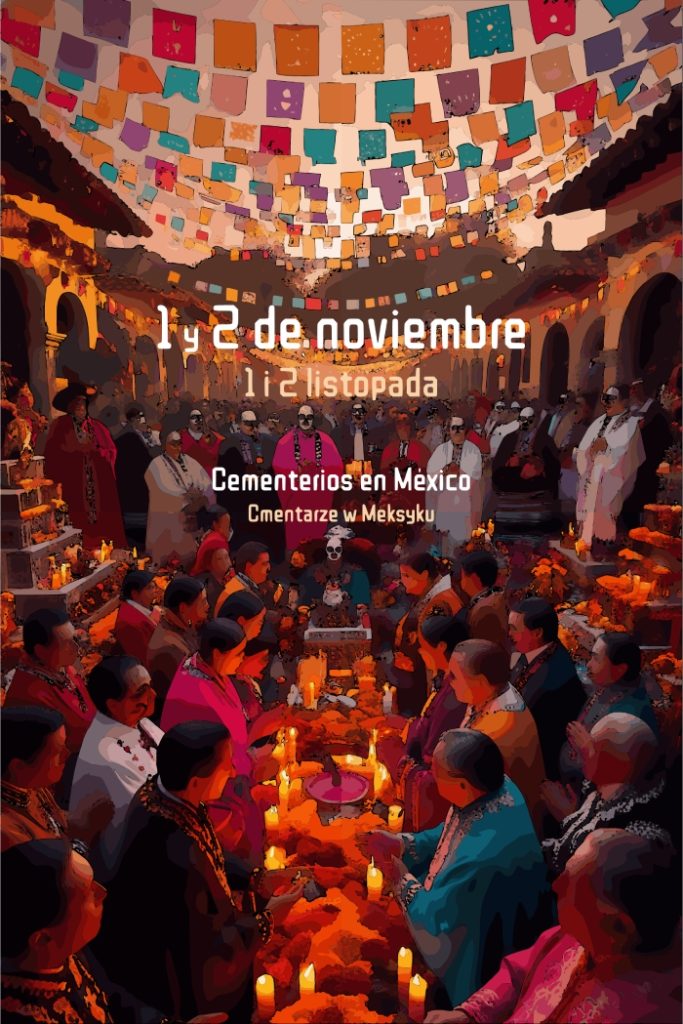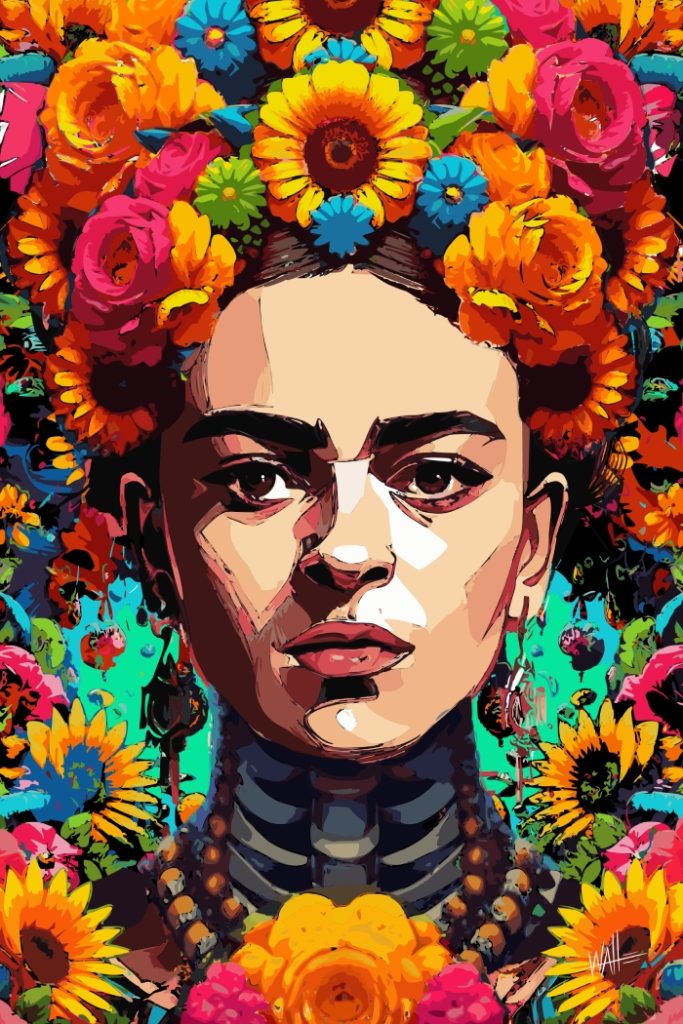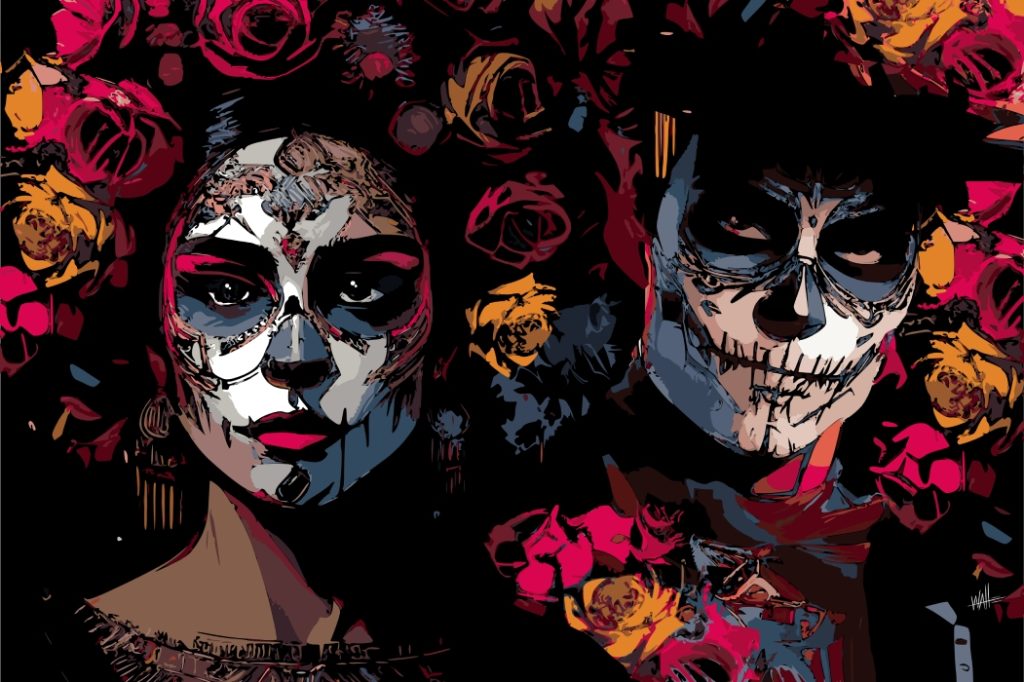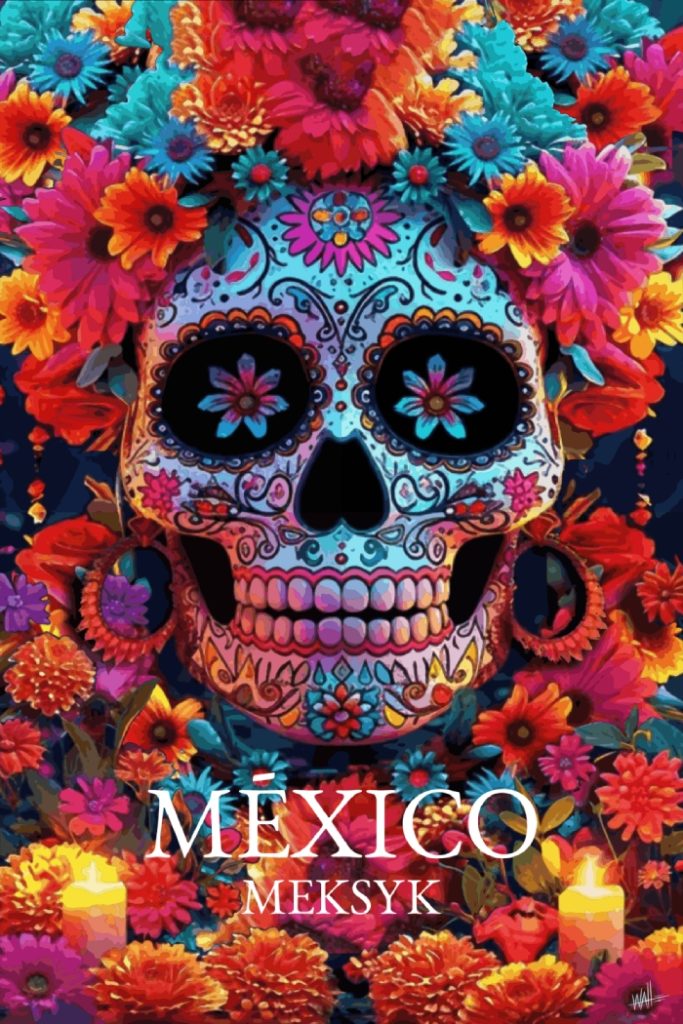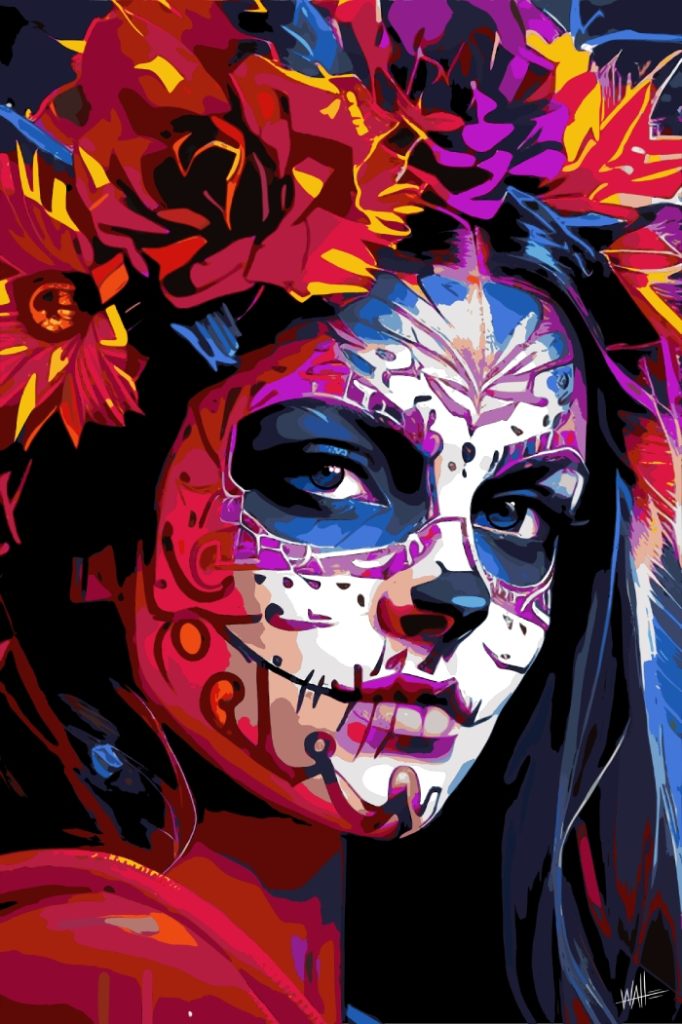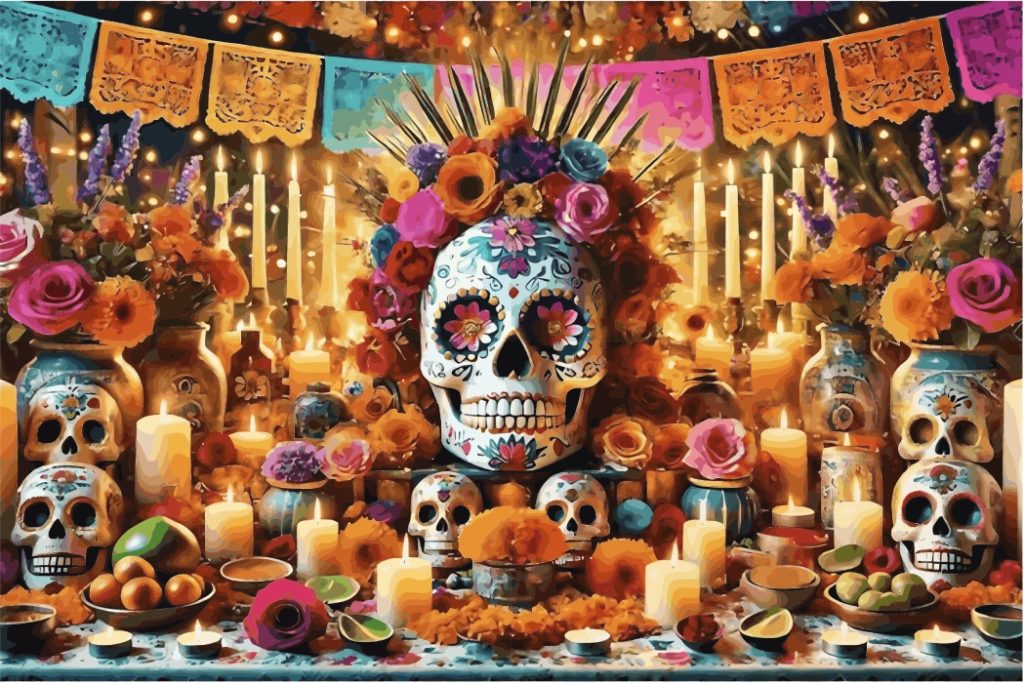
The altar for the Day of the Dead
Is a symbolic and spiritual representation that connects the world of the living with the world of the dead. For Mexicans, building an altar is a way to honor and remember their deceased loved ones, offering them the objects and foods they enjoyed in life. Each element of the altar has a deep meaning, and together they create a space of communication and welcome for the souls who, according to belief, return temporarily to be with their families.
The altar often has between two and seven levels, each symbolizing different stages of life and the afterlife. Candles and incense guide the souls back home, while the marigold flowers, with their distinctive color and scent, mark the path so that the souls can find the altar. Photos and personal items of the deceased represent their presence and connect them with the living, while sugar skulls remind us of the duality of life and death in a festive and colorful way.
The foods, pan de muerto, and the deceased’s favorite drinks are offered for their souls to enjoy the flavors they loved in life, symbolizing family remembrance and generosity. Altogether, the Day of the Dead altar is an act of love, a space of memory, and a reminder that death does not interrupt the bond between loved ones but rather transforms that relationship into an enduring spiritual connection.
Ołtarz na Dzień Zmarłych
Ołtarz na Dzień Zmarłych to symboliczne i duchowe przedstawienie, które łączy świat żywych ze światem zmarłych. Dla Meksykanów budowanie ołtarza jest sposobem na uczczenie i upamiętnienie swoich zmarłych bliskich, ofiarując im przedmioty i potrawy, które lubili za życia. Każdy element ołtarza ma głębokie znaczenie, a razem tworzą przestrzeń do komunikacji i przyjęcia dusz, które – według wierzeń – wracają na krótki czas, aby być ze swoimi rodzinami.
Ołtarz często ma od dwóch do siedmiu poziomów, z których każdy symbolizuje różne etapy życia i zaświatów. Świece i kadzidło wskazują duszom drogę do domu, podczas gdy kwiaty aksamitki, dzięki swojemu charakterystycznemu kolorowi i zapachowi, oznaczają ścieżkę, którą dusze mogą odnaleźć ołtarz. Zdjęcia i osobiste przedmioty zmarłych reprezentują ich obecność i łączą ich ze światem żywych, a cukrowe czaszki przypominają o dwoistości życia i śmierci w sposób radosny i pełen kolorów.
Pokarmy, pan de muerto i ulubione napoje zmarłych są ofiarowywane, aby ich dusze mogły cieszyć się smakami, które kochali za życia, co symbolizuje pamięć i hojność rodziny. W całości ołtarz na Dzień Zmarłych jest aktem miłości, przestrzenią pamięci i przypomnieniem, że śmierć nie przerywa więzi między bliskimi, lecz przekształca tę relację w trwałe duchowe połączenie.

